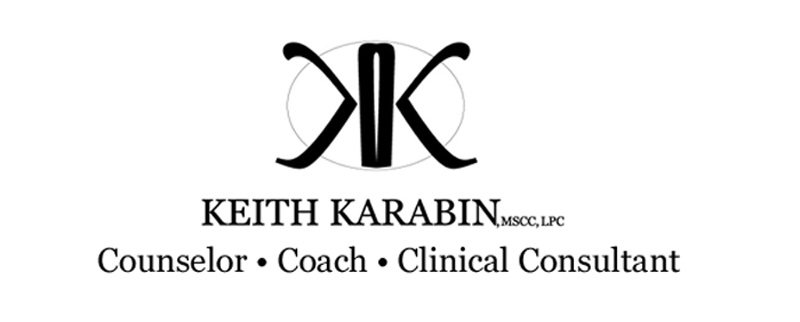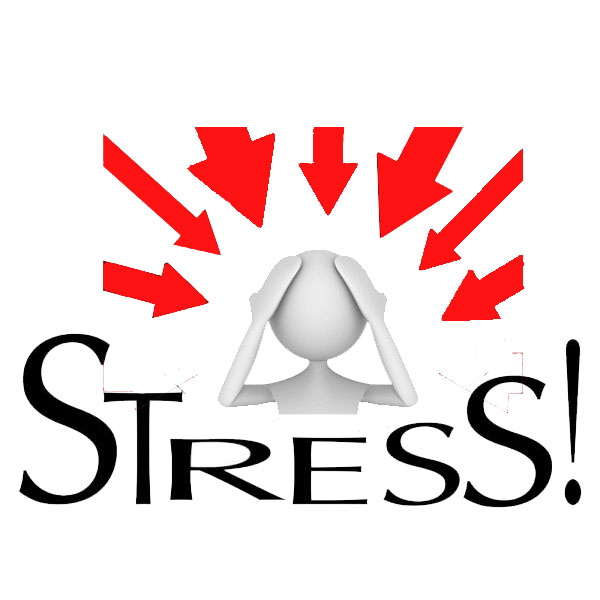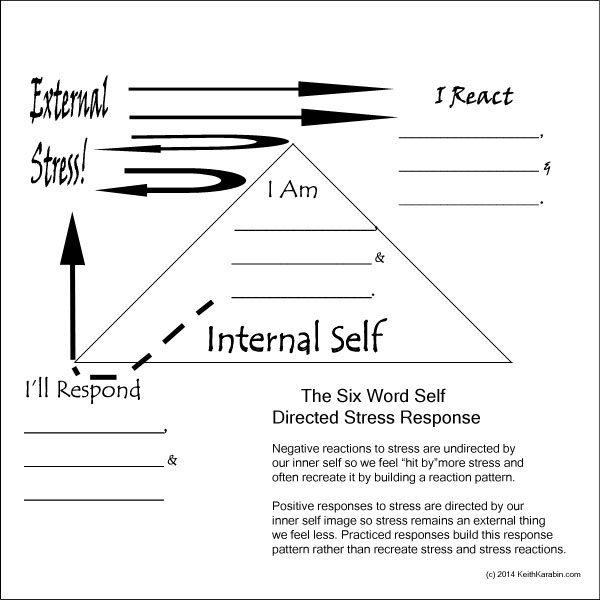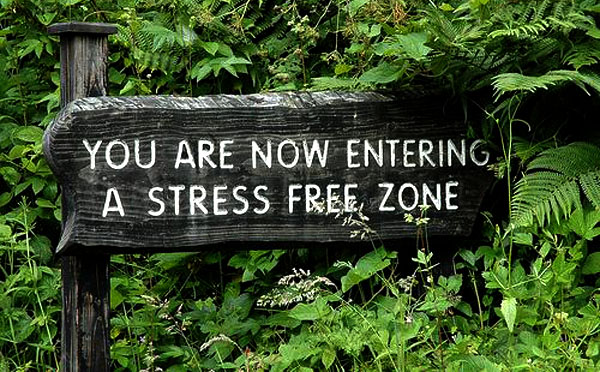You Six Word Self: Defining Our Stress Response
“Between stimulus and response there is a space. In that space is our power to choose our response.
In our response lies our growth and our freedom.”
– Dr. Victor Frankl
I’ve been intrigued by Six Word Stories—simply conveying as clear a story as possible in six words—for years. There’s something about the challenge of brevity that appeals to me. Yes, judging by the length of some of these articles, you are no doubt amused by this.
Especially in crafting a healthy self-image, brevity and focus is key. The Six Word Story concept can help us define both the self we are and the self we hope to be, and even help us get there in terms of how we react or respond to stress.
According to Dr. Leslie Becker-Phelps, “people often react without thinking. We frequently don’t choose our behaviors so much as just act them out” especially during stress but “…we don’t need to accept such reflexive reactions. Instead, we can learn to notice that there is a ‘space’ before we react” (Becker-Phelps, 2013).
Paraphrasing the passion of psychiatrist and Holocaust survivor Victor Frankl, Dr. Becker-Phelps notes that “…we can grow and change and be different if we can learn to recognize, increase, and make use of this ‘space.’ With such awareness, we can find freedom from the dictates of both external and internal pressures. And with that, we can find inner happiness” (2013).
I am Perseverant, Joyful and Open
“Imagine going to the doctor for medication and returning for a follow-up visit. In one case the doctor says you are reacting to the medication, in the other case the doctor says you are responding to the treatment.”
-Zig Ziglar (Eikenberry, 2010)
The key to this happiness is our reaction or response to stress. As Zig Ziglar mentioned above, responses are often seen as positive and reactions as negative. This is especially true in terms of our processing and resolving of stress.
Dr.’s Becker-Phelps and Frankl both urge that defining your positive stress response is done by first defining your true, inner self, as much as you can. “Take the time to develop a clear vision of this more ideal version of yourself,” and also “imagine what it would feel like to respond more in keeping with what you want for yourself” (2013).
To this end, I offer the worksheet in the center. In graphic form, it depicts how we often let the external stress provoke our negative reaction, but if we instead respond to that stress from within our internal “ideal version” of ourselves, we begin to feel less stress, strengthen our ideal self-image and build an adaptive response pattern that re-enforces that image.
Best of all, the only thing you need is your fearless ability to critique yourself and nine words.
I React Quickly, Loudly and Defensively
“The best decisions are both informed by facts and infused with emotion,” says Kevin Eikenberry, author and leadership expert. “The goal isn’t to deny your emotions, but to balance those immediate emotional responses with thoughts and facts to fill in the blanks. This is the essence of responding” (Eikenberry, 2010).
Therefore we need to know both the facts and feelings about ourselves. Here’s the steps:
FIRST: Fill out three positive words that define who you are, your “I am” inner self. For me it’s “I am Perseverant, Joyful and Loving.” This is how I see myself at my core.
SECOND: Define your reaction style. These are adverbs because they directly describe how you act under stress. If you struggle with this one, think about a moment when someone asked you for an immediate solution to an issue; kids fighting, boss or spouse demanding and your first reaction. The words may not be pretty but they should be accurate and honest. Mine are “I react Quickly, Loudly and Defensively.”
THIRD: Imagine how you would respond to the stressor if you took a moment and responded from the point of view of your inner “ideal self” rather than to the external stress. My adverbs are “I’ll Respond Compassionately, Collaboratively and Calmly.” The alliteration is just a fancy touch, not required.
I’ll Respond Compassionately, Collaboratively and Calmly
Eikenberry notes that the best stress responders, like ER doctors, firemen and police, are trained not to react, but practiced in their responses. “The difference is in preparation and thought,” he says (2010). “In other words, response (versus reaction) doesn’t mean you will be slow, just thoughtful.”
I encourage you to define your own Six Word Self to define your positive stress response and enjoy practicing your new skill. Dr. Becker-Phelps (2013) also adds to “…practice being understanding and patient with yourself…because personal change takes effort and time to accomplish and it is important to support this process within yourself. Being critical will only undermine your efforts.”
Fill out the work sheet, think out some responses to stress that you know you’ll meet in your life, then take that precious moment to envision yourself within that “inner self” triangle, breathe and respond.
You just improved your life in only six words.
__________________________________________________
Becker-Phelps, L. (2013) Don’t Just React: Choose Your Response. Making Change Retrieved from http://www.psychologytoday.com/blog/making-change/201307/dont-just-react-choose-your-response
Eikenberry, K. (2010) Six Ways to Respond Rather than React. Leadership and Learning. Retrieved From http://blog.kevineikenberry.com/leadership/six-ways-to-respond-rather-than-react/



